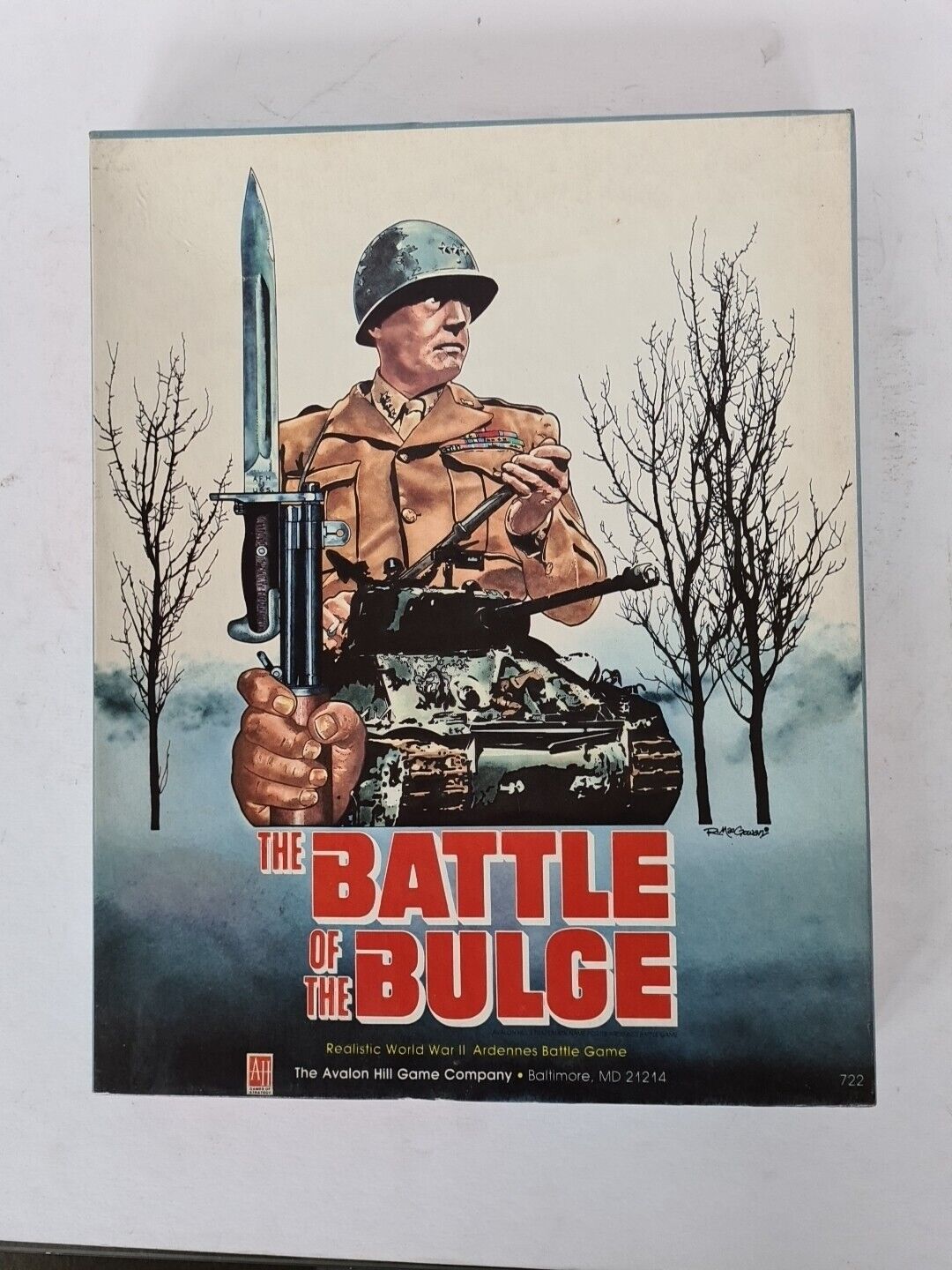Battle of the Bulge
Battle of the Bulge
Battle of the Bulge is a board wargame published by Avalon Hill in 1965 that simulates the World War II battle of the same name. The game was developed with the technical aid of General Anthony C. McAuliffe, who had been commanding officer at Bastogne during the Battle of the Bulge. The game proved popular and sold more than 120,000 copies, but was dogged by criticisms of historical inaccuracies, and was finally replaced by a completely new edition in 1981. A third edition in 1991 was released as part of the Smithsonian American History Series.
Why is Battle of the Bulge Popular?
Battle of the Bulge is significant because it is one of the earliest and most popular wargames ever published. It was one of the first games to use hexagonal grids to represent terrain, and it was also one of the first games to use counters to represent military units. The game is also significant because it was developed with the technical aid of General Anthony C. McAuliffe, who had been commanding officer at Bastogne during the Battle of the Bulge.
Game Components of Battle of the Bulge
Worthington Publishing Version
Compass Games Version
How To Setup Battle of the Bulge
Setup for both versions is relatively quick. For the Worthington Publishing version, players start by placing the initial German and Allied units on the board, with the Germans having 18 counters and 4 off-board assets, and the Allies starting with 12 units. The German player secretly selects one of the variable Objective Cards, adding an element of surprise.
For the Compass Games version, players set up the units according to the initial deployment rules, with the Germans aiming to quickly establish a strong offensive presence and the Allies setting up defensive positions to withstand the initial German onslaught.
Gameplay Mechanics and Game Objective
Worthington Publishing Version
Compass Games Version
Player Experience
The games offer a fast-paced and engaging experience, with gameplay that can be completed in under 2 hours. The simplicity of the rules belies a deep strategic layer, requiring players to make tactical decisions about resource allocation and unit deployment. The variable objectives add a layer of uncertainty, making each game unique and highly replayable.
Pros
Cons
Personal Thoughts on Battle of the Bulge
These games are ideal for those who want a fast and engaging wargaming experience without the complexity of more detailed simulations. They are perfect for new wargamers looking to introduce themselves to the genre and for seasoned players seeking a quick, strategic challenge. The variable objectives and simple mechanics make them highly replayable, ensuring that each game offers a unique and enjoyable experience.
We are supported by our audience. When you purchase through links on our site, we may earn an affiliate commission, at no extra cost for you. Learn more.

